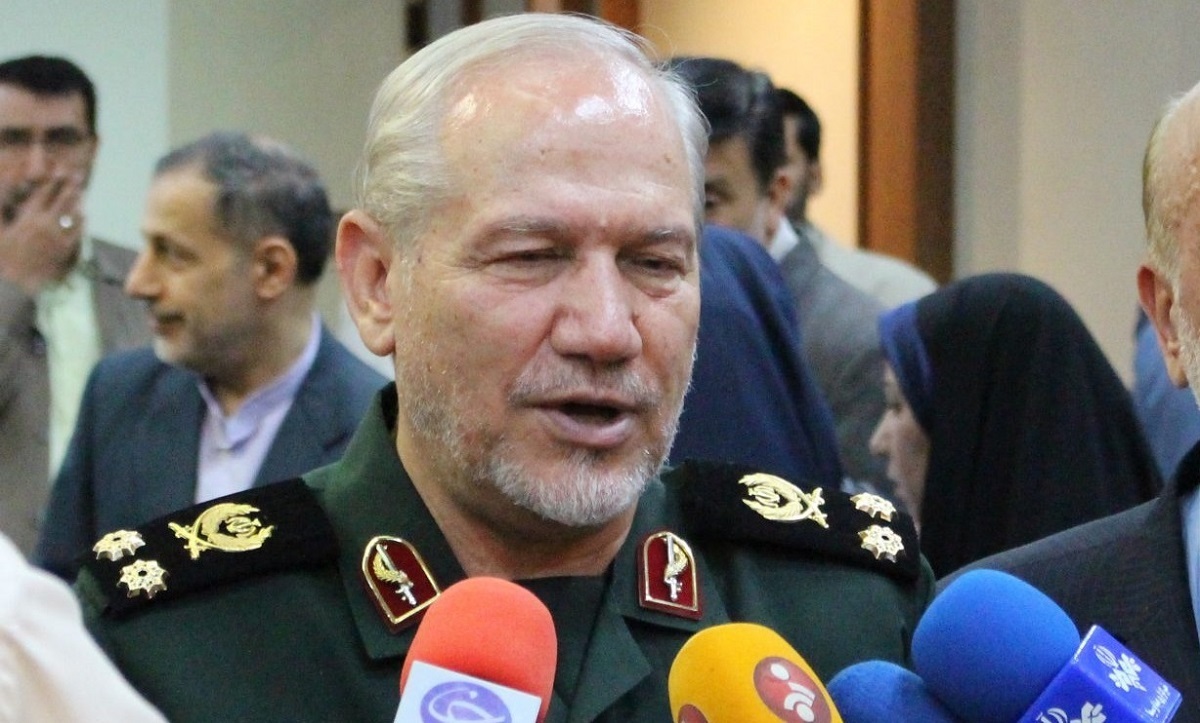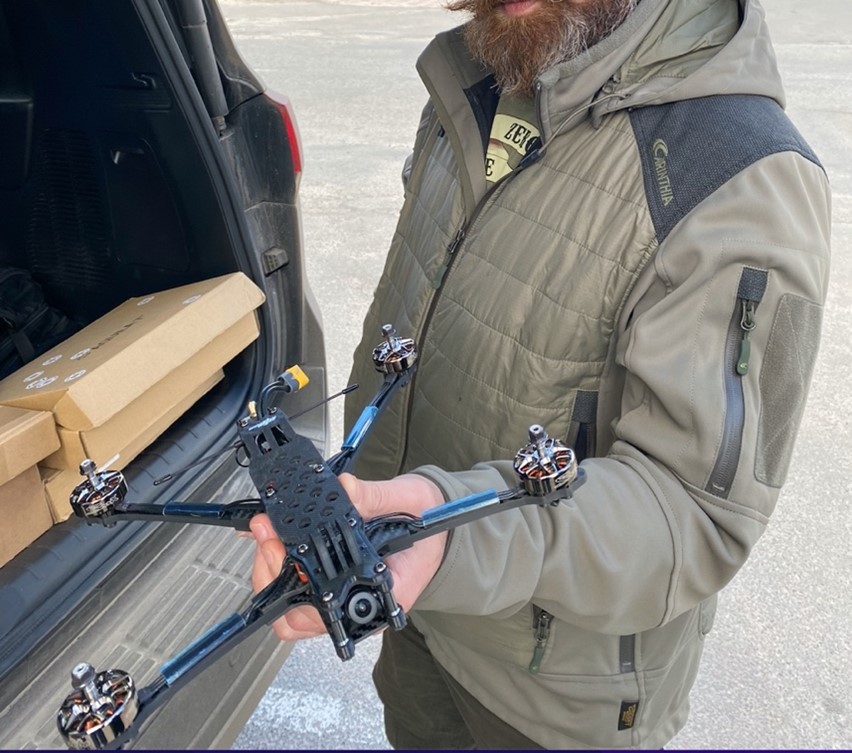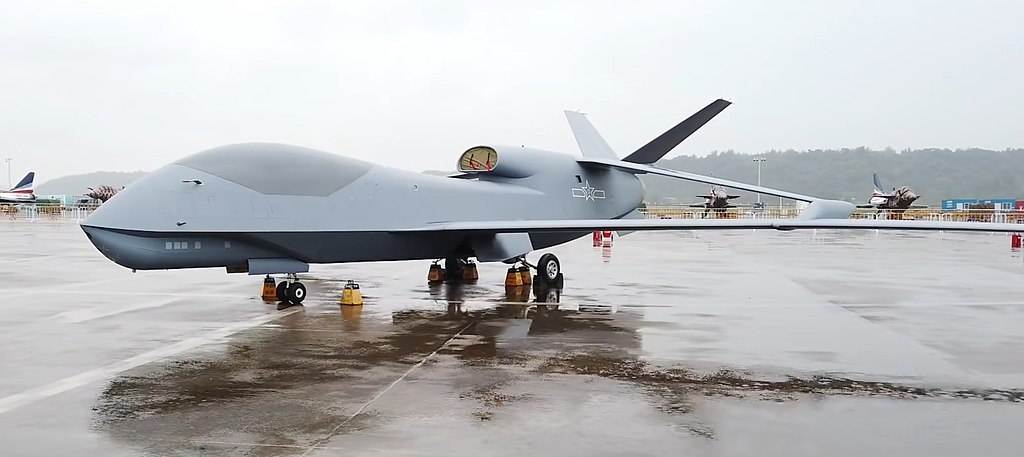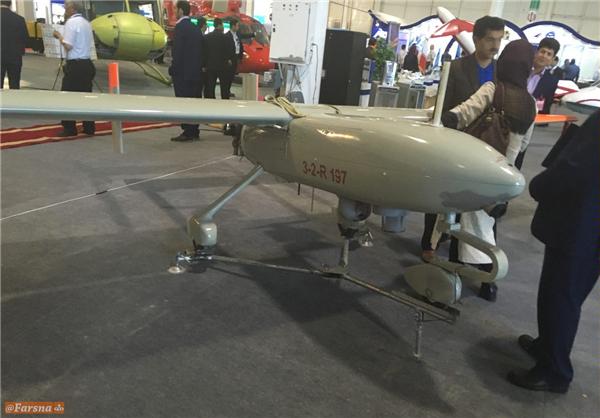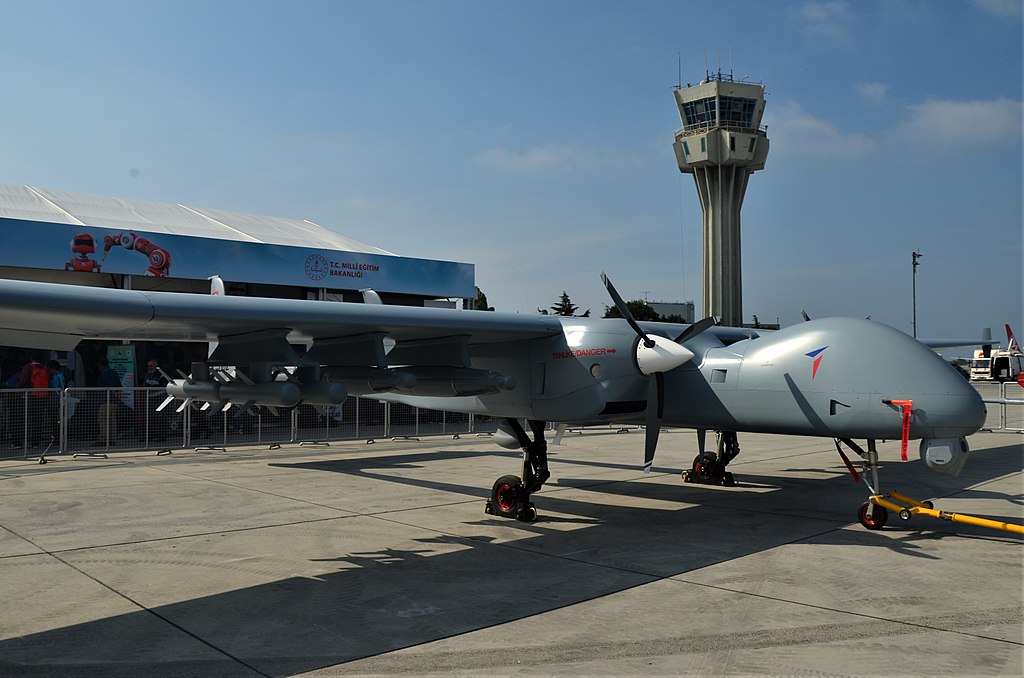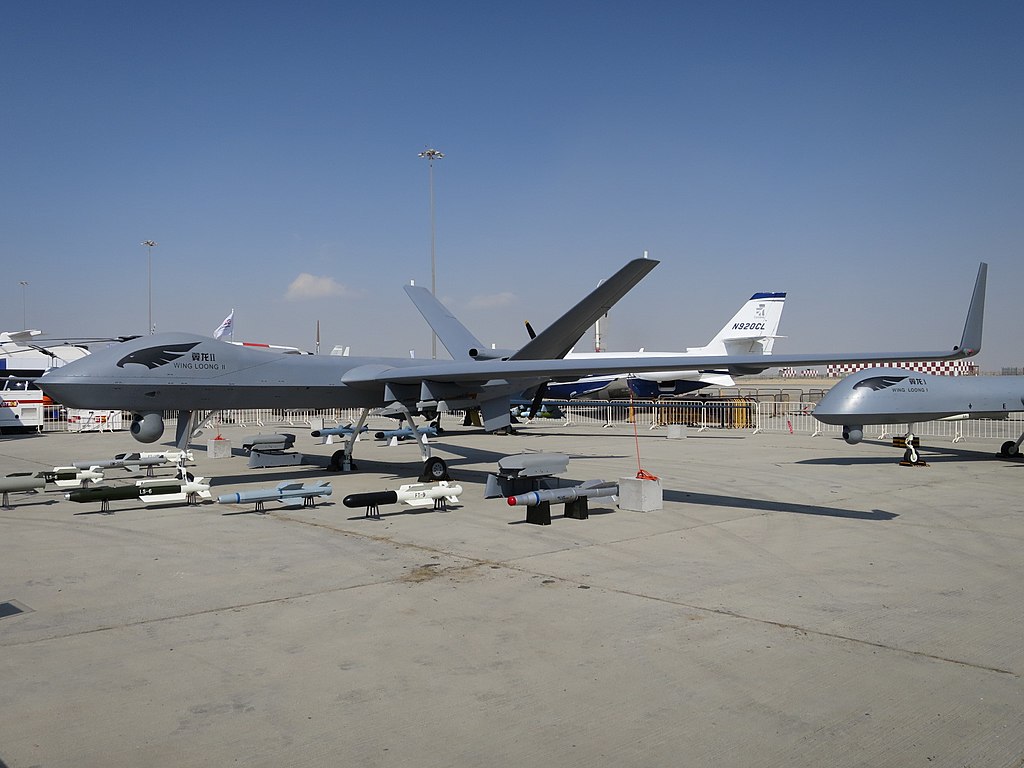“One of the main military-technical features of the special military operation in Ukraine, along with the use of high-precision and hypersonic missiles, has been the massive use of small commercial UAVs.”
The accompanying excerpted article in a monthly journal of the Russian Ministry of Defense, Armeisky Sbornik, discusses the importance of unmanned aerial vehicles (UAVs) on the modern battlefield. Russia believes that current UAV usage is not just a feature of the current conflict, but also indicative of the changing character of war. Therefore, Russia is now considering how UAV usage will be employed for all types of combat actions (offense, defense, raid, meeting battle) and when on the march.[i] Although not explicitly stated, the article suggests that UAVs will no longer be concentrated in a single unit as they were before 2022.[ii] Russia’s understanding of the situation suggests that individual units will likely each have their own UAVs and counter-UAV technologies. In the Russian view, success on the modern battlefield requires that all types of units, not just electronic warfare and air defense personnel, need some degree of UAV and counter-UAV technologies to accomplish their respective missions.
Sources:
Source: V. Dyatchin and I. Starodubtsev, “Влияние беспилотных летательных аппаратов на способы действий общевойсковых подразделений (The influence of unmanned aerial vehicles on the methods of action of combined arms units),” Armeisky Sbornik (monthly journal of the Russian Ministry of Defense), May 2024. https://army.ric.mil.ru/Stati/item/573847/
One of the main military-technical features of the special military operation in Ukraine, along with the use of high-precision and hypersonic missiles, has been the massive use of small commercial UAVs. [i] Without UAVs, it is impossible to imagine the actions of assault detachments and groups, the destruction of the enemy by tube artillery and multiple launch rocket systems, including the use of high-tech weapons, the conduct of actions by reconnaissance elements, the fight against special detachments of foreign states and illegal armed groups, and other armed sabotage and terrorist formations. This also applies to the work of the command staff of combined arms formations in assessing the current situation and organizing combat actions.
Combined arms units participating in military conflicts use various forms and methods of action in the defense; on the offense; conducting combat, route, and direct security; enforcing martial law; during administrative movements; maneuvering on the battlefield, when locating targets.
The method of action means the sequence of use of all available forces and means, chosen by the unit commander and approved by the higher-level commander. When combined arms units are saturated with UAVs, unit commanders make changes to all methods of action, thereby achieving high efficiency when performing combat missions.
In the defense, UAVs conduct the following tasks in support of combined arms units:
- conduct reconnaissance of enemy targets in front of the forward edge of the defense and in the immediate depths of their combat formations, transmit enemy target coordinates to artillery, combat vehicles, and air defense systems in real time;
- support air, missile, artillery and combat vehicle (tanks, infantry fighting vehicles) fires in order to increase their accuracy, increase damage and reduce the combat potential of attacking enemy units;
- inflict effective defeat on the opposing group of troops with fires from the defending combined arms formations;
- help unit commanders study the terrain in combat areas and assess the nature of the actions of advancing enemy units;
- monitor the nature of the actions of the enemy’s second echelons and reserves, and changes in the combat area;
- control the actions of enemy units, their sabotage, reconnaissance and terrorist groups in the gaps between defensive strongpoints and on the flanks of units;
- provide assistance to combat, route, and direct security elements in carrying out their tasks;
- intensify electronic warfare against enemy electronic zones in order to disrupt the work of troops and weapons control centers;
- perform other tasks in the interests of achieving defensive tasks by combined arms units.
In the offense, UAVs conduct the following tasks in support of combined arms units:
Laying fires, correcting air and artillery fires, increasing the accuracy of the destruction of targets by determining their coordinates in real time, reducing ammunition consumption, and assisting in creating the required superiority [of forces and means] over the defending enemy. They also help carry out the tasks of assault, raid and encircling detachments to destroy strongpoints, fortified areas (objects) and command posts of the opposing group. Thanks to UAVs, which perform tasks to identify strongpoints, artillery and mortar firing positions, and the nature of the defending enemy’s actions, the losses of friendly personnel and equipment in an offensive are significantly reduced.When combined arms units are on the march, UAVs are used to strengthen route security and inflict preemptive fires on enemy formations that attempt to impede the movement of the column, as well as when encountering an enemy group and conducting meeting combat. When units occupy rest areas, UAVs take an active part in protecting them and repelling surprise enemy attacks…
Notes:
[i] For additional recent analysis on Russian drone development and operations, see: Dodge Billingsley, “Russia Details Plan To Overcome Military Drone Deficiencies,” OE Watch, 02-2024. https://fmso.tradoc.army.mil/2024/russia-details-plan-to-overcome-military-drone-deficiencies/; and Charles Bartles, “Russia Plans To Add Remote Mining UAV Platoons To Engineer Units,” OE Watch, 09-2023. https://fmso.tradoc.army.mil/2023/russia-plans-to-add-remote-mining-uav-platoons-to-engineer-units/
[ii] Typically, a UAV company for a maneuver brigade or division.

